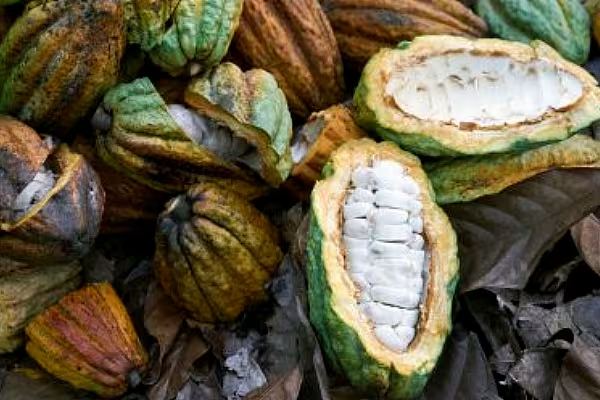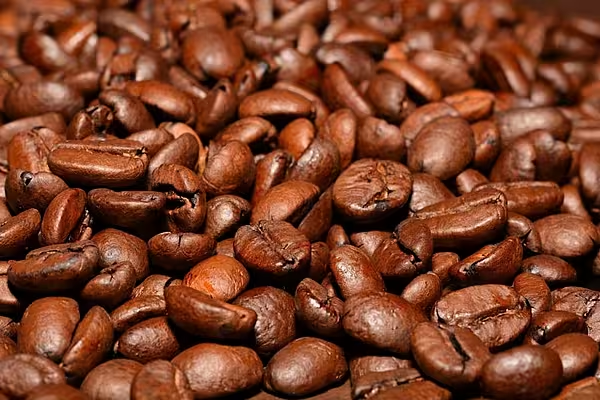Ivorian cocoa farmers have grown more concerned about the 2019/20 main crop as diseases known as black pod and swollen shoot spread in cocoa plantations, farmers and exporters told Reuters.
While the October to March main crop was previously expected to match the 2,2 million tonnes produced last year in the world largest cocoa producer, exporters and pod counters now say production could fall 5%.
"We notice that since we finished evacuating last season's stocks around mid-October, the production was not as good as we had planned," said Hamed Keita, a buyer in Daloa. "We have cocoa but it's not really what we hoped for."
Keita said that last year at the same time, his boss had already delivered 50 trailer trucks of 40 tonnes each in the ports of San Pedro and Abidjan. This year, just 41 trailers were delivered at the same ports.
"We can see that there is a small drop when we thought we were doing the same number of deliveries. In fact there is not enough cocoa currently because black pod and swollen shoot have spoiled part of the harvest for some farmers," he added.
Black Pod Disease
The black pod disease is caused by heavy rains, and the swollen shoot is a viral disease, which typically kills trees within a few years. It first appeared a few years ago in southern and western Ivory Coast but is now causing serious damage to crops.
While December sees a peak in production, warehouses in towns and in villages where farmers prepare cocoa beans seem less active than usual.
But in the cocoa plantations of Daloa, Soubre, San Pedro and Issia, there are still large quantities of pods of all sizes and lots of flowers and cherelles, which should mean a good harvest.
"We had too much rain between September and October and spoiled the pods on the trees. We had rot and we could not use some of the beans because of the quality," said Simon-Pierre Kouadio who farms in Issia.
"The production is acceptable. It is good but we thought we had more or as much as last year but .. it may be a little difficult," said David Tape, who owns 5 hectares of cocoa in the south-western region of Soubre.
News by Reuters, edited by ESM. Click subscribe to sign up to ESM: European Supermarket Magazine.














